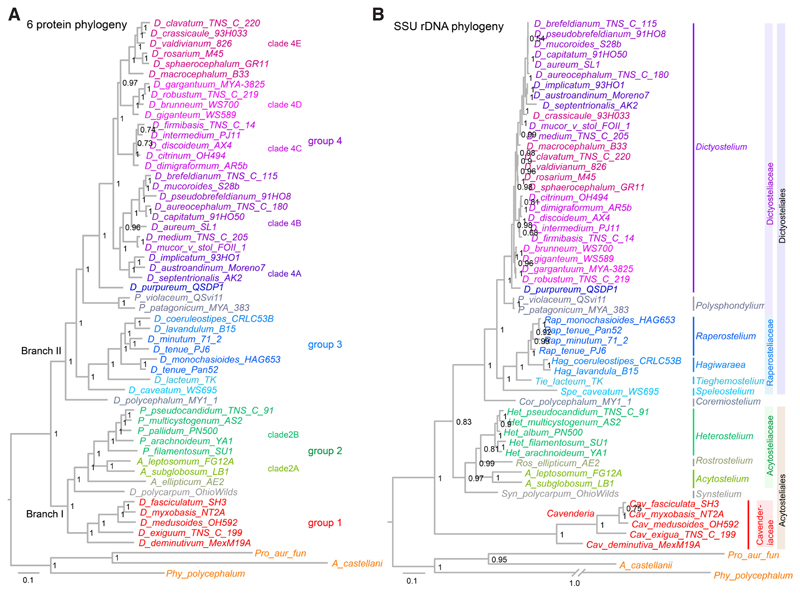Fig. 2. Multi-protein based phylogenies improve poor node resolution and branch length anomalies of single gene trees.
Comparison of phylogenetic trees of based on six concatenated protein sequences (A) (Schilde, et al., 2019) or small subunit ribosomal DNA (B). Fast evolution of SSU rDNA in the group 1 Cavenderia distorts the position of the root, while slow SSU rDNA evolution in group 4 Dictyostelia prevents resolution of species positions. Taxon names in (B) follow the recent re-classification of Dictyostelids (Sheikh, et al., 2018).

